How to Get Pine Sap Off Skin
Introduction
Pine sap is a sticky substance that can cling to your skin after a fun day of hiking, camping, or working with trees. If you’ve ever experienced the annoyance of sap sticking to your hands or arms, you know how frustrating it can be. Luckily, there are effective methods to get pine sap off skin without damaging your skin or making the mess worse. In this article, we will explore what sap is, various ways to remove it, secret tips for effective cleaning, aftercare, and prevention methods to avoid this sticky situation in the future.
What is Sap?

Sap is a fluid that circulates through a plant’s vascular system, carrying nutrients, water, and energy. In trees, sap plays a crucial role in their health and growth. There are two main types of sap: xylem sap and phloem sap. Xylem sap transports water and minerals from the roots to the leaves, while phloem sap carries nutrients and sugars throughout the tree.
Pine sap is particularly notable for its thick, sticky, and resinous consistency. When a tree is damaged, it may produce sap as a defense mechanism. The sap can help seal wounds and protect the tree from pests and pathogens. Understanding what sap is and how it works can help you appreciate its role in nature, but it won’t make the task of getting pine sap off skin any easier!
Pine sap is not only a nuisance; it can also cause skin irritation in some individuals, leading to discomfort and rashes. This makes it even more important to find effective ways to remove it promptly. If you’re looking for more information on plant sap, check out our guide on how to get sap off hands.
Different Ways to Remove Sap
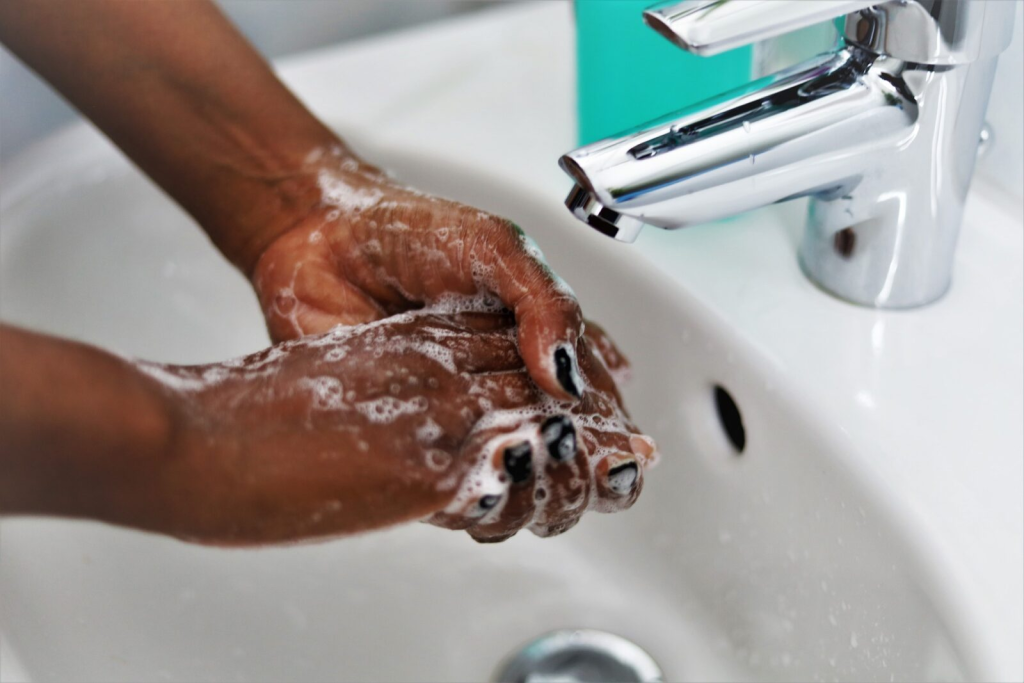
When it comes to removing pine sap from your skin, there are several effective methods you can try. Here are some popular techniques to help you get pine sap off skin quickly and efficiently:
Rubbing Alcohol or Hand Sanitizer
One of the most effective ways to remove sap is by using rubbing alcohol or hand sanitizer. The alcohol breaks down the sticky residue, making it easier to wipe away. Here’s how to use it:
- Apply a small amount of rubbing alcohol or hand sanitizer to a cotton ball or pad.
- Gently rub the sap-stained area until the sap starts to dissolve.
- Wipe away the residue with a clean cloth or paper towel.
- Wash your hands with soap and water afterward to remove any remaining alcohol.
This method works well because rubbing alcohol has a low viscosity, allowing it to penetrate the sap and break it down quickly. If you find that your skin becomes irritated after using alcohol, try diluting it with a little water before application.
Oil-Based Products
Oil-based products, such as cooking oil, baby oil, or even peanut butter, can also be effective in removing pine sap. These products work by breaking down the sap’s stickiness. Here’s how to use oil to get pine sap off skin:
- Apply a generous amount of oil to the affected area.
- Allow it to sit for a few minutes to help loosen the sap.
- Gently rub the area with your fingers or a cloth until the sap starts to come off.
- Rinse your skin with warm, soapy water to remove the oil and sap residue.
Using oil has the added benefit of moisturizing your skin, preventing the drying effect that some alcohols and commercial products may have. If you prefer a natural approach, coconut oil or olive oil are excellent options. For more ways to incorporate oils into your skincare routine, check out our guide on indoor window plants.
Vinegar
Vinegar is another natural remedy that can help get pine sap off skin. Its acidic properties can break down the sap, making it easier to remove. Here’s how to use vinegar:
- Soak a cotton ball or cloth in white vinegar.
- Apply it to the sap-stained area and let it sit for a few minutes.
- Gently rub the area with the vinegar-soaked cotton or cloth until the sap dissolves.
- Rinse your skin with warm water and soap.
This method is not only effective but also inexpensive and eco-friendly. The vinegar smell dissipates quickly, leaving your skin fresh and clean. For tips on using vinegar for cleaning, visit our article on how to shine plant leaves naturally.
Commercial Sap Removers
If you’re frequently in contact with pine trees or other sap-producing plants, consider investing in a commercial sap remover. These products are specifically designed to tackle sticky sap and can be highly effective. Follow the instructions on the product label for the best results. Many of these products contain a blend of solvents and oils, which can quickly break down sap without harsh scrubbing.
When selecting a commercial product, look for those labeled as safe for skin to avoid any potential irritation. To learn more about the different types of cleaning products available, explore our comprehensive guide on common garden pests.
Additional Secret Tips
When it comes to getting pine sap off skin, having a few secret tips up your sleeve can make all the difference. Here are some additional tricks to help you remove sap effectively:
Use a Pumice Stone
For stubborn sap that refuses to budge, a pumice stone can be a great option. However, use it carefully to avoid skin irritation. Here’s how to use a pumice stone:
- Wet the pumice stone and the affected area of your skin.
- Gently rub the stone over the sap to exfoliate the area.
- Be cautious and stop if you feel any discomfort or irritation.
- Rinse your skin and wash with soap afterward.
This method can be particularly helpful for sap that has dried and hardened. The pumice stone’s rough texture can help lift the sap without damaging the skin. If you’re interested in more exfoliation techniques, check out our guide on when to prune blackberry bushes.
Warm Water Soak
Soaking the affected area in warm, soapy water can help soften the sap, making it easier to remove. This method is particularly useful for larger areas of skin affected by sap. Here’s how to do it:
- Fill a basin or sink with warm water and add a few drops of dish soap.
- Soak the affected area for 10-15 minutes.
- Gently scrub the area with a soft cloth or sponge to help lift the sap.
- Rinse with clean water and soap.
Warm water not only helps to loosen the sap but also makes the process more comfortable. For tips on the benefits of warm water soaks, read our article on when to harvest garlic scapes.
Exfoliating Scrub
Creating an exfoliating scrub can be another effective way to get pine sap off skin. Combine ingredients like sugar or salt with oil or honey for a DIY scrub that can help lift stubborn sap. Here’s a simple recipe:
- Mix 1 tablespoon of sugar or salt with 1 tablespoon of oil or honey.
- Gently massage the scrub into the sap-stained area for a few minutes.
- Rinse with warm water and soap.
This scrub is particularly useful because it not only helps to remove the sap but also provides gentle exfoliation, leaving your skin feeling smooth. For more DIY scrub recipes, visit our article on how to plant weed seeds.
Aftercare
After successfully removing pine sap from your skin, it’s essential to take care of your skin to prevent dryness or irritation. Here are some aftercare tips to keep in mind:
Moisturize
Using a good moisturizer can help soothe any irritation caused by the removal process. Apply a rich hand cream or natural oils like coconut oil or shea butter to keep your skin hydrated. This is particularly important if you used any harsh solvents or scrubs during the removal process.
Aloe Vera Gel
If your skin feels sensitive after removing sap, consider applying aloe vera gel. It can provide a cooling and soothing effect, helping to alleviate discomfort. Aloe vera is well-known for its healing properties, making it a great choice for soothing irritated skin. For additional tips on using aloe vera for skincare, explore our guide on pruning lavender in spring.
Avoid Hot Water
After removing sap, avoid hot water when washing your hands or bathing. Stick to lukewarm water to prevent further drying out your skin. Hot water can strip away natural oils, which may exacerbate any irritation. For tips on the best water temperatures for skincare, read our article on how to harvest and store onions.
Monitor for Reactions
Keep an eye on the area where the sap was removed. If you notice any redness, swelling, or persistent irritation, it may be best to consult a dermatologist for further advice. Skin reactions can vary from person to person, so it’s crucial to be mindful of how your skin responds.
Prevention Methods
Preventing sap from sticking to your skin in the first place can save you time and hassle. Here are some effective prevention methods to consider:
Wear Protective Clothing
When working around pine trees or doing outdoor activities, consider wearing long sleeves and gloves. Protective clothing can help shield your skin from sap exposure. Lightweight, breathable fabrics can provide a barrier without making you too hot while outdoors. For more tips on choosing the right outdoor gear, visit our guide on easy vegetables to grow in pots.
Use Barrier Creams
Applying a barrier cream or lotion before engaging in activities that may expose you to sap can help create a protective layer on your skin. These creams can act as a barrier, making it easier to wash away any sap that may come in contact with your skin.
Regular Maintenance of Tools
If you’re using tools that may come into contact with sap, such as saws or pruners, ensure they are well-maintained and clean. Regular cleaning of your gardening tools can help prevent sap buildup, reducing the likelihood of transferring sap to your skin.
Choose Sap-Free Plants
If you’re gardening or landscaping, consider choosing plants that are less likely to produce sap. Researching the plants you introduce to your garden can help minimize sap-related issues in the future. For more information on low-sap plant options, explore our guide on which plants can be grown from stem cuttings.
Conclusion
In conclusion, removing pine sap from your skin doesn’t have to be a difficult task. By utilizing common household products like rubbing alcohol, oil, or vinegar, you can effectively remove sap without causing irritation. Additionally, incorporating secret tips such as warm water soaks and exfoliating scrubs can further enhance your sap removal process. Remember to take care of your skin afterward by moisturizing and avoiding harsh treatments.
By being proactive with prevention methods—like wearing protective clothing, using barrier creams, and maintaining your tools—you can minimize the chances of getting sap on your skin in the first place. If you have any additional tips or experiences to share, feel free to leave a comment below!


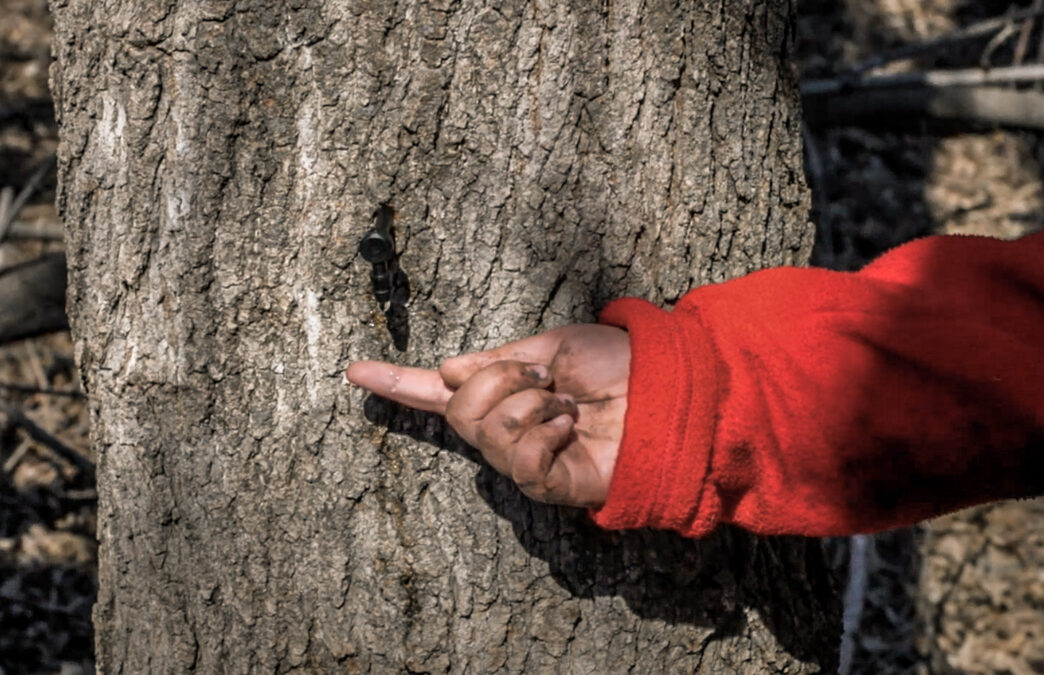
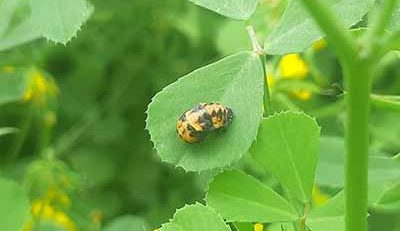

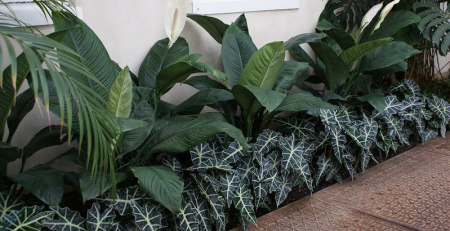
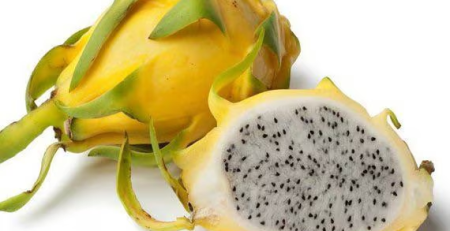
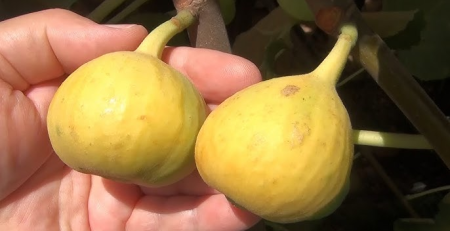
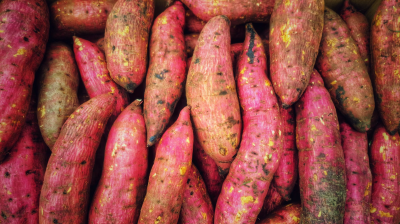
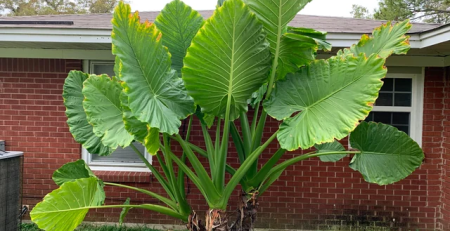
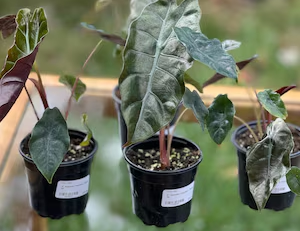
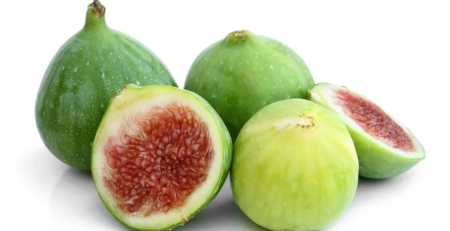
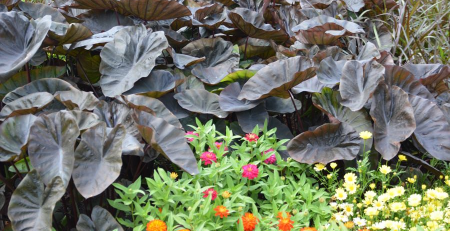
Leave a Reply